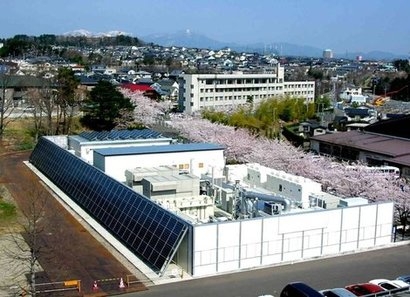
Microgrids offer energy to those who lack access to the traditional grid because they live in remote or underserved areas. As of 2020, nearly 733 million people in the world were living without access to electricity, according to the consensus opinion of the International Energy Agency, the International Renewable Energy Agency, the United Nations Department of Economic and Social Affairs, the World Health Organisation, and the World Bank.
Revenue from microgrid investments in Asia Pacific will likely reach $7.7 billion by 2031, and microgrid revenue in Middle East & Africa is expected to reach $8.9 billion by 2031.
“One of the 17 critical Sustainable Developments Goals (SDG) adopted by the United Nations, is ensuring basic energy access for 100 percent of the global population by 2030 (SDG 7)” said Rohith Unni, research analyst with Guidehouse Insights. “Based on the current rate of progress, that goal will fall short by 670 million people, who will still be barred from participation in the global economy. Novel energy management systems, innovative remote monitoring capabilities, and advances in smart meter and energy storage technologies have made microgrids the ideal solution for connecting underserved populations, cost effectively and sustainably.”
Technological advances, falling prices for renewable energy (RE), and continued developments in energy storage have brought decentralised energy solutions, such as microgrids, into the mainstream, and offer potential for bringing socioeconomic progress to those who have not been connected to the traditional grid, according to the report.
The report, Market Data: Microgrids for Energy Access in Emerging Markets, provides global analyses for annual deployments of energy access microgrid projects in terms of power capacity (MW) and project deployment spending ($ Millions). These analyses, which cover the 10-year period from 2022-2031, are segmented by region, application segments and business models.
For additional information:

